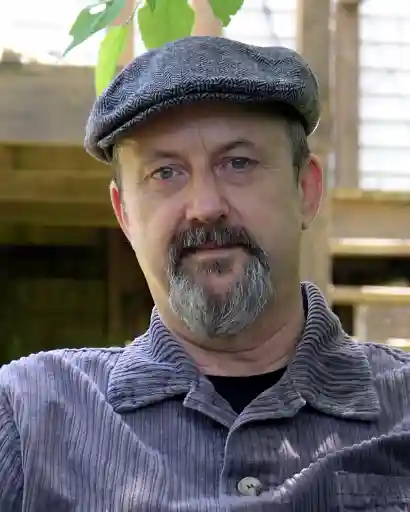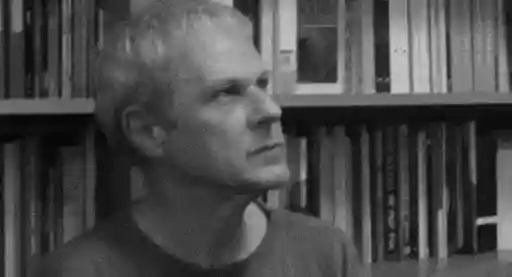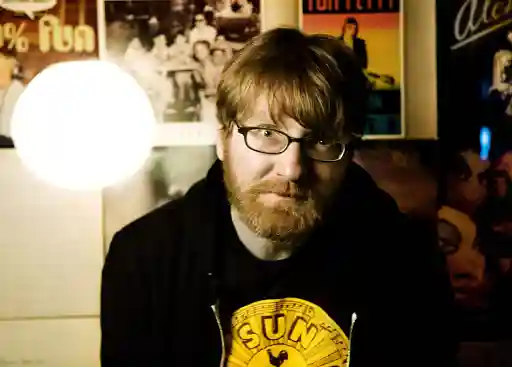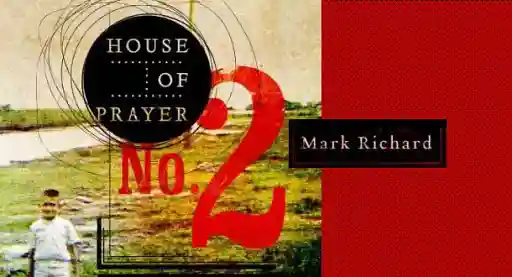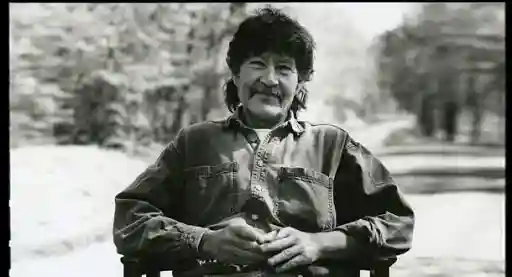What consequences does one have to pay for immortal life, especially an immortal life that was never their choice? Three-time Bram Stoker Award-winning author Gwendolyn Kiste takes on the task of answering that question in Reluctant Immortals. The novel takes readers through a Gothic tale where the California sun can only do so much to hide the rot and darkness following Lucy Westenra and Bertha Mason. Neither woman asked to be immortal, and they certainly never asked to deal with the return of Dracula and Rochester in their lives. The power of choice, identity, and survival prove to be more important than ever in Kiste's latest, and I was delighted to have the chance to ask her a few questions about the book.
What has it been like for you in general seeing this book come to life? Was the idea one you’d been working on for a long time, or was it a more recent plot seed that grew into the story it is now?
I feel like Reluctant Immortals is a story that has been percolating inside me for years, ever since I was a kid and first saw both Dracula and Jane Eyre. I loved the film versions so much, but I was so sad that Lucy from Dracula and Bertha from Jane Eyre met such terrible and tragic ends. I wanted something better for them. That was without a doubt the first seed for this novel.
As for the specific idea, that came about on the morning that my story, “The Eight People Who Murdered Me (Excerpt from Lucy Westenra’s Diary)” was released at Nightmare Magazine. I realized that I wasn’t ready to let Lucy’s story end yet. I still wanted to spend more time with this character. The concept of putting her together with Bertha immediately came to mind, and I was so excited by the notion of them becoming friends and dealing with Dracula and Edward Rochester. From there, I was off and running, and it’s been such a fun ride so far!
How did you prepare to get into the mindsets of Lucy Westenra, Bertha Mason, and the other characters? Did you reread the classics, watch the films, or anything like that? Do you have any favorite versions of the films or any print editions of Dracula or Jane Eyre that are special to you?
I reread both the books, with a specific focus on the sections featuring Lucy in Dracula and Bertha in Jane Eyre. The book was written entirely during the pandemic, which meant I had plenty of time at home, so my husband and I made a point to watch as many Dracula adaptations as we could, as well as a few of the versions of Jane Eyre. My favorite versions of Dracula are Hammer’s 1958 Horror of Dracula as well as Werner Herzog’s Nosferatu. Both of those adaptations, while not entirely faithful to the source material, capture the beauty and strangeness of the original story. As for Jane Eyre, I’m a big fan of the Orson Welles/Joan Fontaine version because it’s the first one I ever watched with my dad way back when I was a kid. There’s something so inherently haunting and gothic about that version, and it still delights me to watch it even after all these years.
There’s a blurb from Stephen Graham Jones for the book where he writes, “This is a black rose petal crushed for generations in a moldering Victorian novel, one that’s now steadily trickling blood down the spine…” and I think it’s such a stunning way to summarize the feeling of Reluctant Immortals. The clever use of decay contrasting against all this starry-eyed glamour and glitz that so many seek in Los Angeles really paints a beautiful, moody atmosphere. Was it the possibility of that contrast that drew you to the late 60s LA setting, or were there other elements that helped you decide to set the book in that time period?
That contrast was absolutely one of the appealing parts of writing in this era. Hollywood in the late 60s was in a state of decay, which makes for such a potent gothic setting. Even San Francisco, in particular the Haight-Ashbury District, had a bit of a rundown feel at the time. That’s part of the reason that so many young people could move in—the dilapidated real estate was fairly cheap. So it was a lot of fun to contrast the glamour and sunniness of California with the inherent gothic elements of both Los Angeles and San Francisco.
Also, both Dracula and Jane Eyre are often thought to be romantic books, despite the fact that there are extremely disturbing elements in both. So setting this book, which is a deconstruction of those romantic elements, during a time literally called the Summer of Love seemed like such a perfect juxtaposition.
You did such an amazing job taking these known figures and turning them into your own characters. There are some great references to who they were in the past, references that fans of the source material will absolutely love, but the characters, Lucy especially, really have to adapt and grow into different versions of themselves in order to survive. The character developments really drive the novel.
Was it intimidating working with such known figures from literature? Is there any advice you would give to another author who might be interested in plucking characters or ideas from the public domain?
It was definitely a daunting task to balance who the characters were in the original stories against what I wanted them to become in this updated version. It was important to me to have those references to the past, so that readers could see the connections. But at the same time, I was honestly just so excited to be able to write these characters. It was truly the coolest thing in the world to be able to spend time with Lucy Westenra and Bertha Antoinetta Mason for a whole book. Even now, there are times when I think about what I did with Reluctant Immortals, and I get absolutely giddy that I got the chance to reimagine these characters in a novel. That seems like the neatest opportunity ever as a fan of gothic literature.
My advice for anyone who wants to rework public domain stories is to take the characters in the direction that you want to see them go, and at the same time, be prepared for criticism. Not everyone will like the new iteration of their favorite characters, but some people will almost certainly love your new versions. So write the story you believe in, and don’t hold back.
The power of choice is a huge theme in the novel, and it feels especially poignant in today’s world. Lucy and Bertha are women who had so many choices ripped away from them. I’d love to know if this theme was something you had in mind from page one or if it was more subconscious throughout the writing?
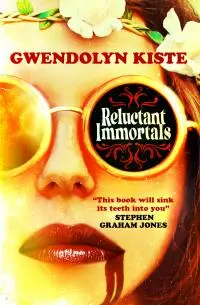 It was absolutely a theme I had in mind from the beginning. Like you said, in the original novels, there were no choices for either of these characters. Lucy didn’t get a say about whether or not she was bitten by Dracula, and even once she was ailing, she had no options in terms of her own treatment. The sexual aspects of the blood transfusion scene in Dracula take on a much more sinister vibe when viewed through that lens (plus, how can we even be sure it was the vampirism that ultimately killed Lucy? A transfusion from a bunch of random people who certainly had different blood types could just have easily led to her demise!)
It was absolutely a theme I had in mind from the beginning. Like you said, in the original novels, there were no choices for either of these characters. Lucy didn’t get a say about whether or not she was bitten by Dracula, and even once she was ailing, she had no options in terms of her own treatment. The sexual aspects of the blood transfusion scene in Dracula take on a much more sinister vibe when viewed through that lens (plus, how can we even be sure it was the vampirism that ultimately killed Lucy? A transfusion from a bunch of random people who certainly had different blood types could just have easily led to her demise!)
However, at least in Dracula, the main characters (besides the eponymous Count) were trying to help Lucy. In Jane Eyre, nobody helped Bertha. She wasn’t given a choice of who to marry or what continent she lived on or certainly whether or not she wanted to end up locked away in an attic.
So all of these aspects of the original stories were on my mind as I was writing Reluctant Immortals. Every choice Lucy and Bertha make throughout the book was important to me; even which of them is driving their car was something I became very conscious about, since I wanted each decision they make to be a conscious one. They understand the danger in losing that choice, so they do their best not to take that away from each other. The few times either Bee or Lucy don’t respect the other’s ability to make a choice for herself is when things tend to go most awry in the story.
One final fun question—if you were a vampire in 1960s California, where would you hang out and what would you wear?
I would probably be like Lucy and hang around Hollywood, especially the Hollywood Sign. It’s such an iconic place, and back then, it was so derelict and decaying. The entire city was a bit rundown in that era, but the Hollywood Sign was one of the more dilapidated places, so that’s probably what I’d be drawn to. As for what I would wear, definitely some bright minidress with flowers in my hair. Maybe I’d don some go-go boots too or maybe I’d just go bare foot. Either way, I’d just have fun taking in the sights. Time travel tourism! That should be a thing someday!
Get Reluctant Immortals at Bookshop or Amazon
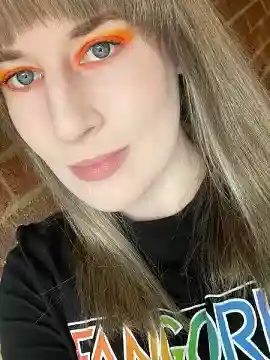
About the author
Sara Tantlinger is the author of the Bram Stoker Award-winning The Devil’s Dreamland: Poetry Inspired by H.H. Holmes. Along with being a mentor for the HWA Mentorship Program, she is also a co-organizer for the HWA Pittsburgh Chapter. She embraces all things macabre and can be found lurking in graveyards or on Instagram @inkychaotics.

